Iron chlorosis: Agriges' innovative approach to iron deficiency
Iron chlorosis: what it is, causes and remedies
What is Iron Chlorosis?
Iron chlorosis is one of the most common micronutrient deficiencies in plants. Although iron is often present in sufficient concentrations in the soil, it is frequently found in forms that are not readily absorbable by plants. Iron is an essential micronutrient for crops as it plays a critical role in the process of photosynthesis, protein formation, and metabolic activities involved in cellular respiration. Moreover, it is necessary for the biological nitrogen fixation and the development of root nodules. In fact, it is indispensable for both rhizobia and host plants, and an insufficient amount of iron can therefore compromise the nitrogen fixation capability.
Iron chlorosis negatively affects plant function, growth, and yield. Iron deficiency is also common in humans, particularly in women and children. Enhancing iron absorption and storage in the edible parts of plants can not only increase crop yields but also provide nutritional benefits to humans.
How to Recognize Iron Chlorosis
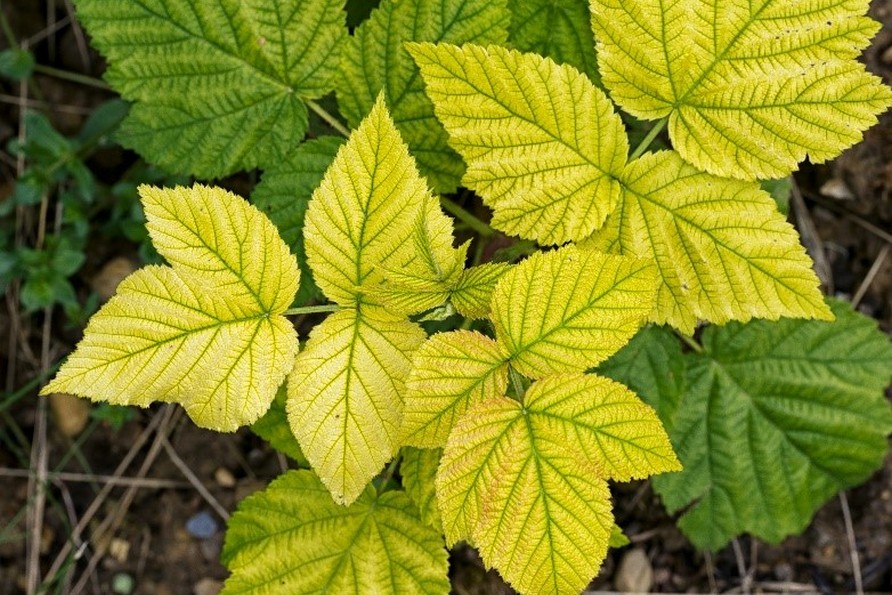
Iron chlorosis causes a decrease in the concentration of photosynthetic pigments in the leaves; therefore, in most plant species, it is characterized by interveinal chlorosis in the younger leaves. The veins initially remain dark green, while the areas between the veins turn yellow. In more severe cases, the youngest leaves are completely white, lacking chlorophyll, and develop necrotic spots, which can resemble a fungal infection.
Over time, untreated plants begin to dry out. Iron deficiency can be confused with nitrogen or magnesium deficiency; however, iron deficiency affects the emerging young leaves, while nitrogen deficiency affects the older leaves. This is because iron is relatively immobile within the plant, as it is strongly bound to the plant cells.
What are its causes
Identifying the cause is the first step in defining a method to combat this significant nutritional disorder.
Iron chlorosis is not always caused by an actual lack of iron in the soil. More often, the problem is linked to factors that limit its availability, including:
- High pH: In alkaline soils, iron forms insoluble compounds that roots cannot assimilate. An increase in pH by just one unit can reduce the solubility of iron compounds by up to a thousand times, thus decreasing the availability of this nutrient.
- Adverse soil and climatic conditions: High calcium content, high carbonate levels, excessive moisture, excessive phosphorus content, extreme temperatures, excess nitrates-nitrogen, poor aeration, and low levels of organic matter in the soil can all contribute to reducing iron absorption and causing its deficiency in plants.
- Problems in the rhizosphere: Low microbial activity can reduce the amount of bioavailable iron.
Iron Chlorosis in Vine and Actinidia
Vine and kiwi, are particularly sensitive to iron chlorosis, especially when grown on calcareous or clay soils with limited drainage. In the case of the vine, the phenomenon results in poorly developed clusters and smaller berries, while in actinidia, leaf yellowing compromises photosynthesis, leading to a reduced sugar production in the fruits.
Resolution Strategy
- Chelated fertilizers: Apply iron-based chelated fertilizers (preferably with natural agents) directly to the soil or through foliar treatments.
- Soil acidification: The use of sulfur-containing products can lower pH, improving iron availability.
- Soil condition improvement: Products rich in organic matter that facilitate water drainage, soil aeration, and promote the presence of beneficial microflora can increase soil fertility and improve iron uptake.
Preventing and Combating Iron Chlorosis
The fight against iron chlorosis requires an integrated approach that combines soil interventions and specific and innovative treatments.
Soil interventions: Basal dressing
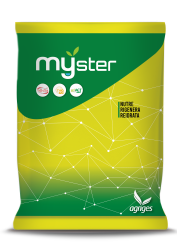
If prevention is better than cure, the first approach in combating this nutritional deficiency is undoubtedly represented by basal fertilization.
In this regard, Agriges offers the Myster line, a new and innovative line of products for basal fertilization characterized by a high content of elemental sulfur, whose acidifying effect on the soil increases the availability of nutrients such as iron. Furthermore, the high-quality organic raw materials improve the chemical-physical fertility of the soil, helping to reduce the risk of compaction and asphyxiation. Thanks to their acidifying nature, the Myster line products can also supply iron directly to the soil without the risk of precipitation.
The Myster line is further enriched with various exclusive Agriges technologies that collectively enhance soil fertility:
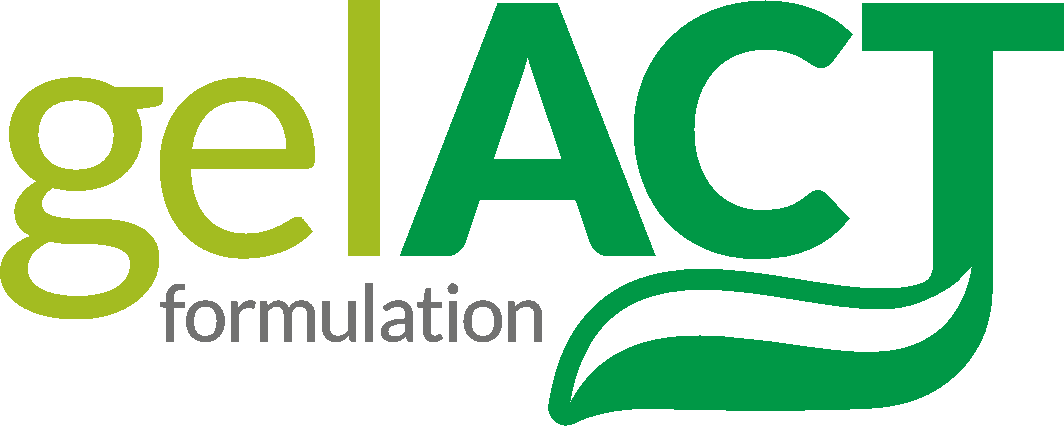 The innovative gelACT technology consists of a natural biopolymer combined with phyllosilicates, plant matrices, and polysaccharides that increase water and nutrient availability in the rhizosphere.
The innovative gelACT technology consists of a natural biopolymer combined with phyllosilicates, plant matrices, and polysaccharides that increase water and nutrient availability in the rhizosphere.
 Microbial technology, which combines the action of an exclusive siderophore-producing bacterium, Bacillus megaterium S3Nb3, with organic acids. Siderophores are chelating molecules naturally produced by some microorganisms that capture iron present in the soil and make it bioavailable to plants. This bacterium thus increases the amount of iron assimilable by plants.
Microbial technology, which combines the action of an exclusive siderophore-producing bacterium, Bacillus megaterium S3Nb3, with organic acids. Siderophores are chelating molecules naturally produced by some microorganisms that capture iron present in the soil and make it bioavailable to plants. This bacterium thus increases the amount of iron assimilable by plants.
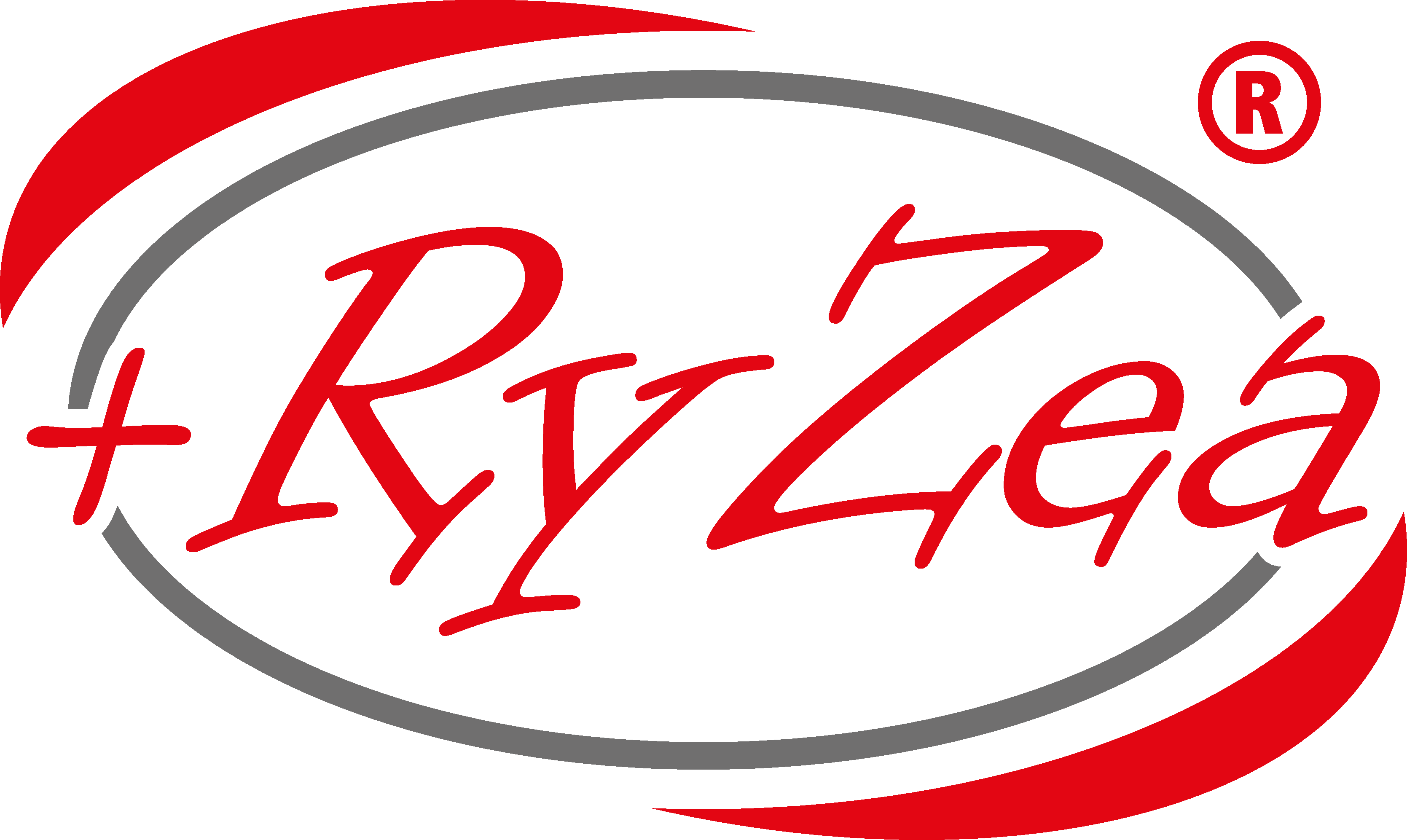 The products of the Myster line also include Ryzea, the historical production technology of Agriges, which stands out for its unique extraction of bioactive compounds from three brown algae of the Atlantic Ocean (Ascophyllum nodosum, Fucus spp., and Laminaria spp.). These compounds are rich in chelating agents (alginic acid and free amino acids), natural plant hormones, and elicitor compounds that promote nutrient absorption and translocation, activate plant metabolism, and induce plant growth, enhancing their response to abiotic stress.
The products of the Myster line also include Ryzea, the historical production technology of Agriges, which stands out for its unique extraction of bioactive compounds from three brown algae of the Atlantic Ocean (Ascophyllum nodosum, Fucus spp., and Laminaria spp.). These compounds are rich in chelating agents (alginic acid and free amino acids), natural plant hormones, and elicitor compounds that promote nutrient absorption and translocation, activate plant metabolism, and induce plant growth, enhancing their response to abiotic stress.
Click here to download the brochure of the Myster Line
Click here to read more about the Myster Line
Specific and Innovative Treatments: Iron-Based Fertilizers
In cases of confirmed nutrient deficiency, an effective remedy for iron chlorosis is achieved through the use of iron-based fertilizers, applied either foliar or via the roots. As one might expect, in most cases, using standard iron-containing fertilizers is not sufficient, as unsuitable soil conditions may cause the iron to become immobilized again before it can be absorbed by the roots. For this reason, it is essential to use chelated fertilizers, where the iron is bound to molecules that prevent its precipitation in the soil. However, synthetic chelating agents are often poorly biodegradable, and their continuous use can pose a serious risk to both the environment and human health.
It is on these critically important principles that the I’M line by Agriges was created. What sets it apart is the EDDVEG production technology, through which meso and microelements are complexed without the use of synthetic chelating agents but rather by utilizing natural complexing substances. This technology involves the dual complexation of elements with lignosulfonates and oligopeptides, which are entirely natural and biodegradable.
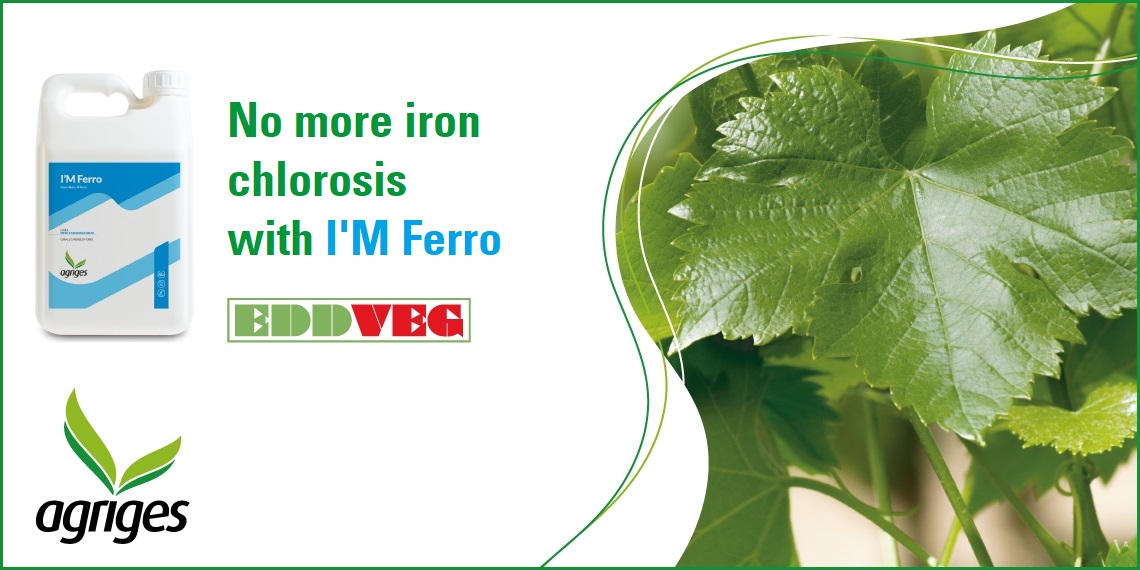
Particularly appreciated for their effectiveness are the products I'M Ferro and I'M Mix. These innovative formulations are rich in iron complexed through the exclusive EDDVEG production process, a 100% plant-based solution characterized by a low molecular weight, reduced risk of phytotoxicity, and optimized assimilation and translocation of microelements within the plant. In fact, both the lignosulfonates and the plant-derived oligopeptides in I'M Mix and I'M Ferro quickly penetrate the leaf, as they are recognized by the plant as compatible substances. Once inside the plant, the microelements are more easily translocated, preventing and/or resolving issues related to nutrient deficiencies.
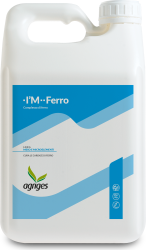 Click here to learn more about I'M Ferro
Click here to learn more about I'M Ferro
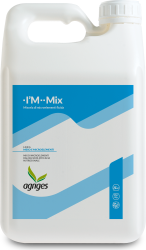 Click here to download the technical data sheet of I'M Mix
Click here to download the technical data sheet of I'M Mix
In conclusion…
Iron chlorosis is a crucial challenge for farmers, but it can be successfully tackled through an integrated approach that combines prevention and cure. Paying attention to sensitive crops such as vines and actinidia and adopting targeted agronomic practices can ensure healthy and abundant harvests. Agriges, with its range of innovative solutions, supports farmers both in the immediate term, with products such as I'M Ferro and I'M Mix, and in the long term, through specific base fertilisers such as those in the Myster line. This comprehensive approach, combining treatment and prevention, is the winning strategy to effectively counter ferric chlorosis and ensure the well-being of crops and soil over time.
If you have any questions or need further information, our team is always ready to assist you. Contact us on our social media and continue following us to stay updated on the latest news about organic and integrated agriculture!



